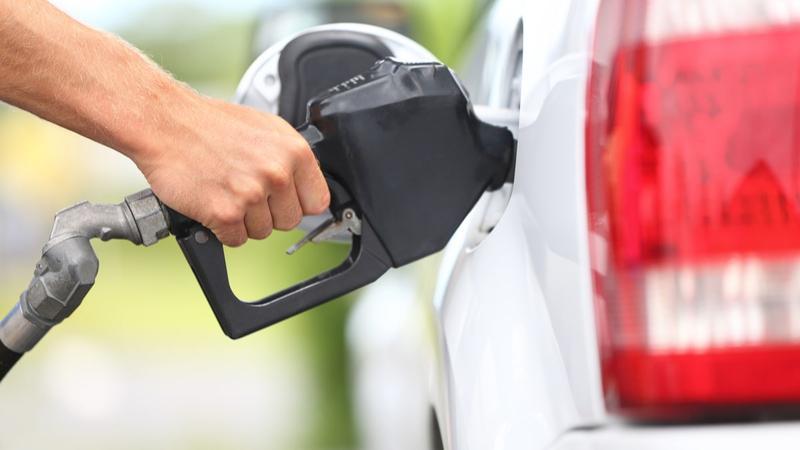- Gas prices jumped three cents on September 1 to 141.9 cents per litre in Toronto and the Greater Toronto Area.
- According to Natural Resources Canada, the fuel consumption of a mid-size car increases by 1% for every 55 pounds of weight it carries.
- Under-inflated tires can increase fuel consumption and reduce the life of your tires by thousands of kilometres.
Gas prices approach record highs in southern Ontario as the Labour Day weekend draws near.
On August 30, the president of Canadians for Affordable Energy, Dan McTeague, tweeted that Hurricane Elsa pushed gas prices up three cents on September 1 to 141.9 cents per litre in Toronto and the Greater Toronto Area.
The record for most of Ontario was set in July 2014 when gas prices topped 143.9 cents per litre, McTeague told Global News.
Just because gas prices rise doesn’t mean your fuel consumption has to as well. Here are some fuel-efficient driving tips that can save you money at the pump.
1. Put your vehicle on a diet
Most people carry extra items in the back of their car, like toolboxes, sports equipment, and overlooked remnants of past outings — apart from an emergency kit and other essentials. But carrying additional weight around as you drive can hurt your fuel consumption and produce more emissions.
According to Natural Resources Canada (NRCan), the fuel consumption of a mid-size car increases by 1% for every 25 kilograms (around 55 pounds) of weight it carries. Cleaning out your car is a quick and easy way to increase fuel efficiency.
To further reduce the weight your car carries, remove bicycle racks or rooftop cargo bags during the off-season. These vehicle add-ons create aerodynamic drag and can increase fuel consumption by as much as 20%.
2. Maintain a consistent speed
Driving aggressively — high speeds, quick acceleration, and sudden stops — can be a costly habit and put others at risk.
Studies have shown that lead-footed drivers use up to 40% more fuel than easy-going ones. Cars are optimized to drive most efficiently at speeds of 50 km/h to 80 km/h.
As a general rule, you should drive at the same speed as the traffic around you without going over the posted limit. Fortunately, on most urban roads, the speed limit is 50 km/h, and 80 km/h on rural roads. However, highway speed limits are often much higher. In this case, maintaining a consistent speed can reduce fuel consumption. The more you alternate between accelerating and slowing down, the more fuel you will use.
3. Plan for errands and trips
Combine your errands into a single outing and plan your route to avoid rush-hour traffic. Making multiple stops in quick succession can save fuel because a warm engine will be at its most efficient temperature. It can also keep your car off the road with fewer trips.
4. Keep your tires at the proper pressure
Under- or over-inflated tires can impede acceleration, braking, and steering. Maintaining proper tire pressure can maximize vehicle performance and fuel efficiency.
NRCan says driving a car with tires that are under-inflated by 56 kilopascals can increase fuel consumption by up to 4% and reduce the life of your tires by more than 10,000 kilometres. To put that into perspective: you can drive from Cape Spear, Nfld., clear across Canada to the Yukon in 5,514 kilometres.
Check your tire pressure when the tires are cold (parked for at least three hours). Refer to your owner’s manual to measure your tires’ recommended pressure to ensure they are properly inflated.
5. Run your air conditioner at the right time
Have you ever wondered if you save money on gas by rolling down your windows and avoiding the AC? Here’s the truth: newer vehicles are more fuel-efficient with the windows rolled up at highway speeds. Use the fan rather than the AC to lessen fuel consumption. For in-town driving, rolling the windows down and letting nature cool your car will give you better fuel economy.
It’s easy to overlook a heavy toolbox in the trunk or forget to check your tire pressure, but these simple steps are essential for saving on fuel. Mark it in your calendar and perform regular maintenance on your vehicle to ensure you get the most gas for your dollar.

